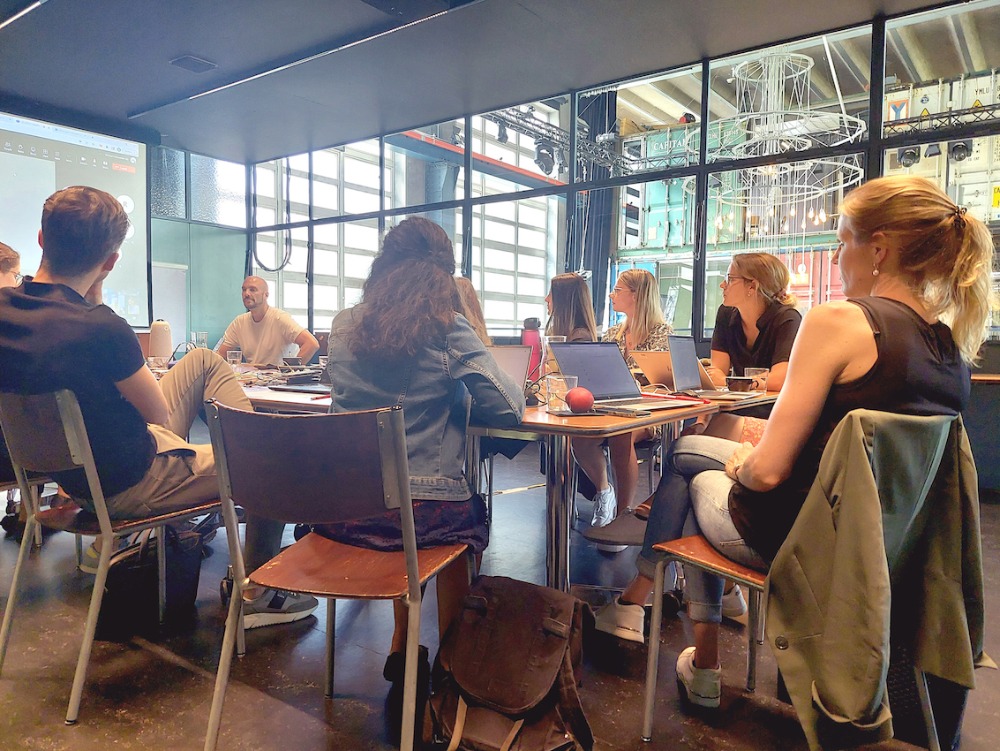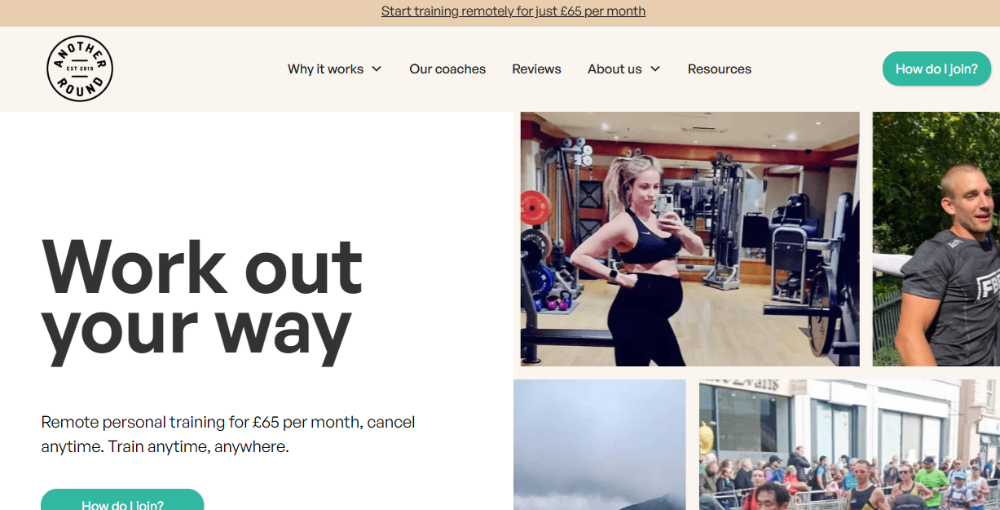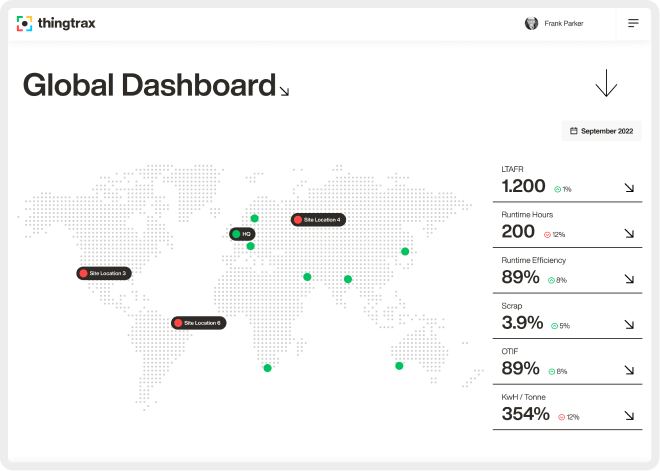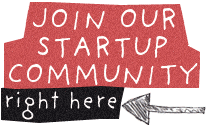Freaky Thinking Could Boost Your Business

by Startacus Admin
Feel that your business could do with a little more innovation? Chris Thomason, innovation expert, author and founder of Ingenious Growth shares insights on how freaky thinking can help with just that.
.jpg) When you had the idea for your new business, chances are it didn’t happen at work. Perhaps you were in a gym, on a beach, cooking a meal, or some other activity when you were (either literally or effectively) on your own. Almost certainly, you didn’t bring a group of people together for a brainstorming session – let’s come up with a brilliant idea!
When you had the idea for your new business, chances are it didn’t happen at work. Perhaps you were in a gym, on a beach, cooking a meal, or some other activity when you were (either literally or effectively) on your own. Almost certainly, you didn’t bring a group of people together for a brainstorming session – let’s come up with a brilliant idea!
But when a workplace challenge needs to be solved, brainstorming is the trope du jour. However, decades of research points to this being less effective than alternate thinking techniques.
Freaky Thinking turns thinking on its head. It’s a series of techniques integrated into an innovative process that stimulates thinking on important topics when an individual is in their own best thinking place, at their personal best time of day, and (most importantly) when they are alone.
Given the economic, social, and environmental challenges being faced by businesses and individuals today, fresh thinking that delivers new and practical solutions to these challenges is needed. Organisations are facing new and difficult questions they need to answer – or they may just need superior answers to old questions. Whatever the issue, the best solutions always seem blindingly obvious in hindsight, yet they can remain tantalisingly elusive to identify when needed.
The Freaky Thinking process is designed to go beyond the realms of conventional wisdom and search for, and identify, pragmatic new ideas that form the valuable solutions needed. It’s the first radically different approach to workplace thinking in the last 70 years. But how do you ‘do’ it?
If you want to do your very best, and most productive ‘Freaky Thinking’, where do you start?
Where do you do your best thinking
What are you doing when you get your best ideas? Taking a shower? Walking the dog? Driving? Exercising at the gym? I’ve asked this question of thousands of people, and these are the answers I get most frequently. Generally, we’re looking for activities where we’re alone with our thoughts.
What’s also extraordinary is that people rarely say they get their best ideas at work. This finding is consistent across all levels of an organisation and often surprises leadership. While organisations may encourage employees to ‘bring their full selves’ to work, they may not be applying their minds as well as they could be.
Research in 20012 from the University of California, Santa Barbara helped shed light on why we tend to get our best ideas when doing a simple task of some kind. Participants were given two creative thinking tests with different actions to perform between the tests. The group that showed the greatest improvement (of over 40%) were participants given an ‘undemanding task’ to do. They fared much better than those who performed a demanding task or who were told to sit and relax in the short break between the tests.
We’re more effective thinkers while we’re performing an undemanding task, such as walking, driving or exercising.
Questions are key
 In order to come up with great solutions and ideas, you need to ask the right questions. A question, by definition, needs to be resolved by an answer. Questions and answers go together like left and right. And the ideas you come up with are actually the answers to questions – either to a question that you’ve posed for yourself, or to a question that someone else has asked you.
In order to come up with great solutions and ideas, you need to ask the right questions. A question, by definition, needs to be resolved by an answer. Questions and answers go together like left and right. And the ideas you come up with are actually the answers to questions – either to a question that you’ve posed for yourself, or to a question that someone else has asked you.
We’d all like the ideas we come up with to be bold and powerful, such that they impress those around us. But if ideas are the answers to questions, then to get bold and powerful answers, we need to be posing bold and powerful questions that stimulate this type of answer. In Freaky Thinking this type of question is called a Killer Question.
A Killer Question is one that, when answered well, will deliver significant value for you. It’s a question that you—or the organisation—haven’t yet been able to answer satisfactorily, and it’s one you intuitively feel is possible to answer. It’s a question that has many potential answers and where you’ll have to choose the best one to execute. Just because you couldn't answer a specific work question previously, doesn't mean it's impossible to answer. It just means that your thinking wasn’t imaginative enough to answer it then. But with a Freaky Thinking approach that positions it as a Killer Question, you can potentially answer it now.
A Killer Question ignites a fire, or a passion, for you personally. It’s when you recognise that if you are able to answer it well, there will be significant benefit for your organisation, your team, or yourself. Killer Questions spark genuine personal interest in finding great answers to them – and they ignite an individual’s curiosity.
Encourage curiosity
.jpg) On 8th June 1991, Kathy Betts, a part-time clerical worker processing medical claims for the Massachusetts State Government made the front page of the New York Times newspaper. She’d posed—and answered—a Killer Question that had helped the state of Massachusetts re-classify certain types of claims such that they could claim additional funding from the Federal Government.
On 8th June 1991, Kathy Betts, a part-time clerical worker processing medical claims for the Massachusetts State Government made the front page of the New York Times newspaper. She’d posed—and answered—a Killer Question that had helped the state of Massachusetts re-classify certain types of claims such that they could claim additional funding from the Federal Government.
At the time, Kathy Betts was 38-years old and had been employed by the state government for 12 years. She’d recently reduced her hours down to three days a week to spend more time with her two children. Because of what she knew about her work, Kathy Betts felt sure that there was some way the state could claim greater match-funding for the expenses it incurred when it refunded individual hospitals. She took home manuals and guidelines to study, searching for ways to answer her question, and over time her curiosity helped her to find the answer. Her idea enabled the state to receive additional funding over a six-year period which exceeded $1.4 billion (£2.4 billion converted to today’s money). She later stated that no-one else knew the combination of things she did about her role, which helped her find new answers to her Killer Question.
But doesn’t this apply to every employee in every business?
Nobody else knows the same combination of things as anybody else, which offers anyone the opportunity to think like Kathy Betts. And to deliver equivalent levels of value for their employer?
So, what are you or members of your team curious about? What problems do you/they encounter regularly in your workplace? What problem do you keep coming back to with that intuitive sense that there must be a solution, if you could just grasp it? Each team member probably has a different ‘curious problem’, so tap into their individual curiosity. This a great place to start.
Motivating great thinking
There are elements of our work that we must do – if we want to remain employed. This is external motivation.
Intrinsic motivation is where you’re motivated by what makes you feel good, and what you enjoy doing (not what you must do). Deciding to learn a new skill (such as a language) only because you want to is intrinsic motivation. The litmus test may be whether you have been told to do something, or whether you’re self-starting a task because you want to do something.
In The Art of Impossible: A Peak Performance Primer, author Steven Kotler has combined neuroscience with decades of research to create a guide for extreme performance improvement. He writes that our big five intrinsic motivators are: curiosity, passion, purpose, autonomy, and mastery.
Killer Questions are an integration of an individual’s curiosity, passion and purpose. Allowing them the freedom to do their thinking in their own best personal place and time is the autonomy. And the excitement of incremental improvements as they sense new solutions being identified is their sense of mastery.
So, follow your curiosity, and encourage your team to do the same. Make time to ‘pull on that thread’ without the stress of looming deadlines. Make space for people to follow what appeals to them and find solutions to the problems that interest them.
Summary
Encourage people to use Freaky Thinking to seek insightful answers and opportunities when they are in their own most-creative places. Away from the work environment. Later, when they have identified some interesting ideas on their own, they can share these with others to assess and develop them into ideal solutions.
 ABOUT THE AUTHOR
ABOUT THE AUTHOR
Chris Thomason is founder of Ingenious Growth which helps organisations change their thinking to boost innovation, productivity, profits and most importantly, staff satisfaction. After buying a failing manufacturing company and turning it into one of the largest in its sector, Chris now teaches the innovative ways of thinking that lead to his business success. Chris is author of eight business books including The Idea Generator, Freaky Thinking, and Excellence in Freaky Thinking. Chris’s clients include UPS, Canon, O2, Vodafone, Roche Pharmaceuticals, Touchnote, Lloyds Bank, Toyota, HSBC, Scottish Widows, South African Airways, American Express, and many more.
Subscribe to our newsletter
If you would like to receive our startup themed newsletter, full of the latest startup opportunities, events, news, stories, tips and advice, then sign up here. How Manufacturing Businesses Can Reduce Energy Costs
How Manufacturing Businesses Can Reduce Energy CostsGot a business in the manufacturing sector? These tips on how you can reduce energy costs while being more sustainable are well worth a read...
 SureIn Secures €4M to Close the SMB Insurance Gap
SureIn Secures €4M to Close the SMB Insurance GapInnovative InsurTech startup SureIn announces a €4M Seed round to further its mission of making insurance easy, transparent and hassle-free for SMBs.
 How IoT Is Revolutionising Consumers' Daily Lives
How IoT Is Revolutionising Consumers' Daily Lives Nassia Skoulikariti, Director of IoT Programmes, Mobile Ecosystem Forum shares some insights on how IoT is having a significant impact on all our lives.
 How to invest in tech companies with the help of AI
How to invest in tech companies with the help of AIRoger James Hamilton, Founder and CEO of Genius Group, a world-leading entrepreneur Edtech and education group, discusses how introducing a globalized curriculum will help better prepare students.
 SuperFi raises $1M pre-seed funding round
SuperFi raises $1M pre-seed funding roundSuperFi, the debt prevention platform, has announced a $1m pre-seed funding round to support people during the cost of living crisis.
 Startups rely on AI & sustainability for new partnerships
Startups rely on AI & sustainability for new partnerships41 startups from 13 countries, including the UK, have been selected for the 8th Kickstart Innovation program, one of Europe’s leading innovation platforms.
 Another Round closes £300k Seed round to revolutionise personal training
Another Round closes £300k Seed round to revolutionise personal trainingPersonal training platform Another Round has secured £300k in its latest fundraise, including investment from angels and its community.
 Thingtrax Secures £4.3M
Thingtrax Secures £4.3MThingtrax Secures £4.3M to Empower Manufacturers to Build the Factories of the Future
 A measure of inflation relief for small firms
A measure of inflation relief for small firmsA measure of inflation relief for small firms sees transport costs fall but service price increases remain elevated
 A look at HR tech startup HR DataHub
A look at HR tech startup HR DataHubBedfordshire-based HR tech startup HR DataHub has built a range of tools for HR departments
Published on: 9th February 2023
If you would like to enable commenting via your Startacus account, please enable Disqus functionality in your Account Settings.
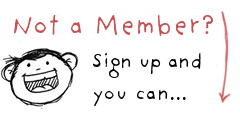






- SureIn Secures €4M to Close the SMB Insurance Gap 15th Aug 2023 Innovative InsurTech startup SureIn announces a €4M Seed round to further its mission of making insurance easy, transparent and hassle-free for SMBs.
- SuperFi raises $1M pre-seed funding round 28th Jul 2023 SuperFi, the debt prevention platform, has announced a $1m pre-seed funding round to support people during the cost of living crisis.
- Startups rely on AI & sustainability for new partnerships 27th Jul 2023 41 startups from 13 countries, including the UK, have been selected for the 8th Kickstart Innovation program, one of Europe’s leading innovation platforms.
- Another Round closes £300k Seed round to revolutionise personal training 21st Jul 2023 Personal training platform Another Round has secured £300k in its latest fundraise, including investment from angels and its community.
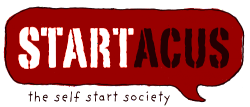







 Daniel Dierkes, David Schara, and Maximilian Geißinger 2.jpeg)

.jpg)

